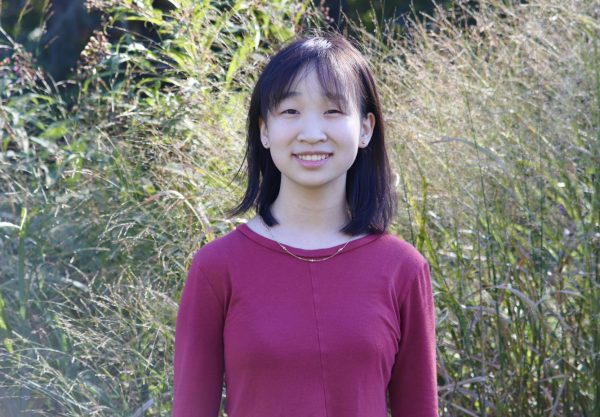As many students spend a huge chunk of their lives in preparation for college, some come to realize gap years may be a better alternative. Gap years are another option for an occupation after high school besides attending college and can provide students with economic and personal freedom the year after graduating high school.
Gap years began to popularize in the 1960’s and gradually became more common until COVID-19 hit in 2020, when their popularity surged. Currently, the number of students taking gap years has returned to pre-pandemic levels. Some students might take a gap year to help understand themselves, their relationships or the world around them.
“Gap years are a good alternative [to college] because they offer freedom to graduating high school students,” senior Michael Likerman said.
When picking a gap year, many high school graduates pick routes such as internships, traveling abroad or volunteering with an association. Though these options may sound appealing, only about 1 to 5%of high school graduates take a gap year in the United States.
“[A good gap year curriculum offers] a lot of the structure in place for you to be able to get a lot out of that single year before you go back to college, or before you go to college for the first time,” history and psychology teacher David Schmirer said.
Many students take gap years in order to take a break from school, which allows them to come back and start college academically and mentally refreshed. However, this alternative path is not very common in the United States, and in some cases, gap years may even be looked down upon. In a study done by the organization, GoAbroad.com, it was found that only 3% of highschool graduates took a gap year in 2023.
“I don’t really know anyone that takes a gap year,” Likerman said. “I feel like everyone [from WHS] goes to college. [Gap years are] more frowned upon because you’re not getting a higher level of education that most other people in school are getting by going to a university or institution.”
Though for some, college applications may bring stress and anxiety in finding the results, Schmirer believes that the stresses of college applications benefit students in the future. He says that the stress of the application and acdeptence culture shapes students into adults that are able to handle the pressures and stresses of adulthood.
“Your late teens and 20s are important in building up what they refer to as ‘Identity capital,’ where you are taking active steps in order to try to figure out who you are and what you want to do,” Schmirer said. “You can build that type of identity capital, which is making connections with others probably easier through a gap year than you would as a freshman at college.”
Despite Schmirer having chosen the traditional college route, he believes that gap years may still provide graduating high school students with connections and social skills that a traditional college may not have. In contrast, Schmirer also says that he has noticed changes in his senior students’ behaviors as college applications are beginning to be returned.
“This stretch in December here has been a challenging one, or it always is,” Schmirer said.
Despite college applications being somewhat of a burden to upperclassmen high school students, Schmirer suggests that stress may be beneficial, and may result in a positive shaping of current students in their future.
“[When] you’re an adult, you have to pay bills, you have people that you have to take care of, including yourself,” Schmirer said. “There’s going to be moments where you’re going to face a stressful environment, so I think having reasonable levels of stress is significant, and [college] is an important decision that a student is making. If there’s not at least some stress that goes along with it, you’re probably not putting enough thought into something.”
Although high school seniors may have a lot of pressure on their shoulders about all the different college talk around them, Schmirer believes that gap years may provide them with a healthy break from school.
“I think the vast majority of our students are going to be fine with [going to college] and [are] ready to go, but for those students who are having [gap years] be a more visible choice I think [it] is a good thing both for physical and mental health,” Schmirer said.

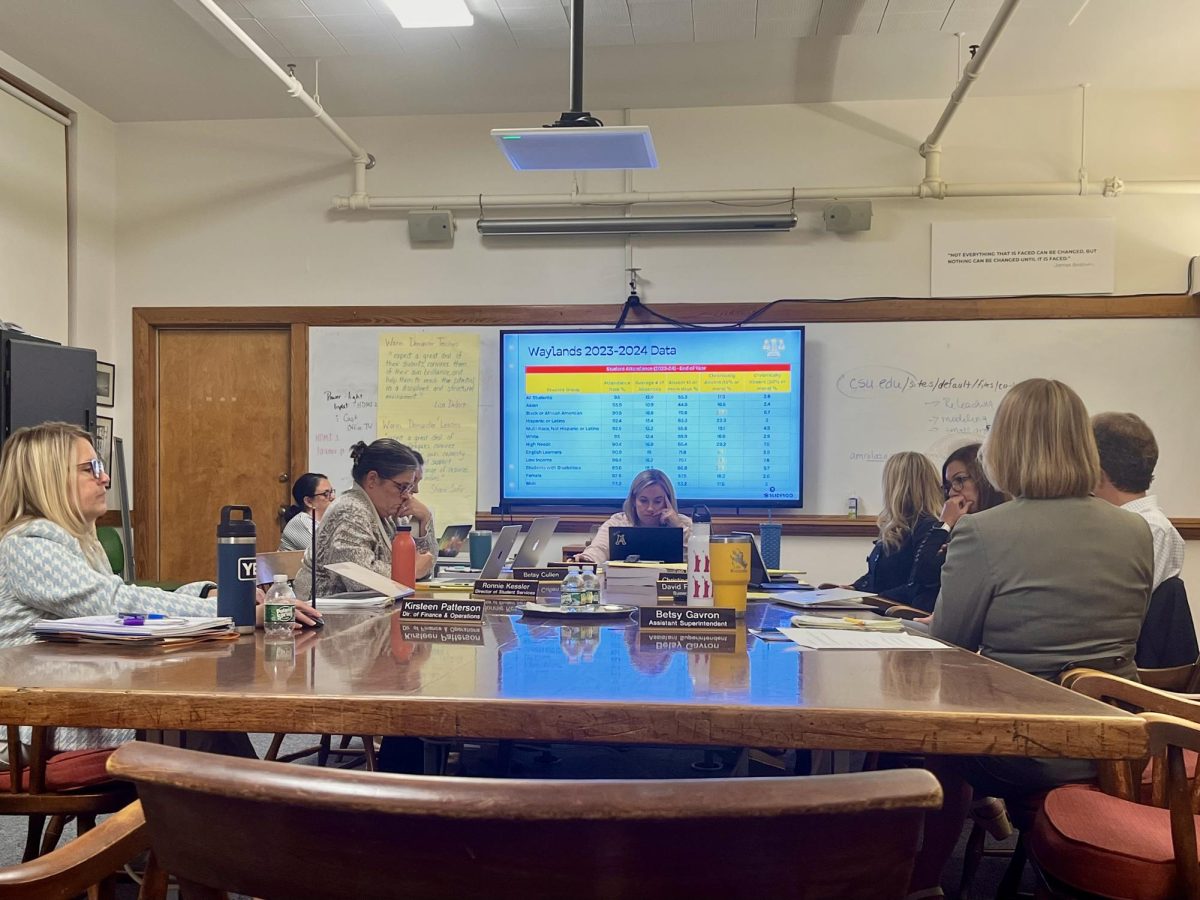
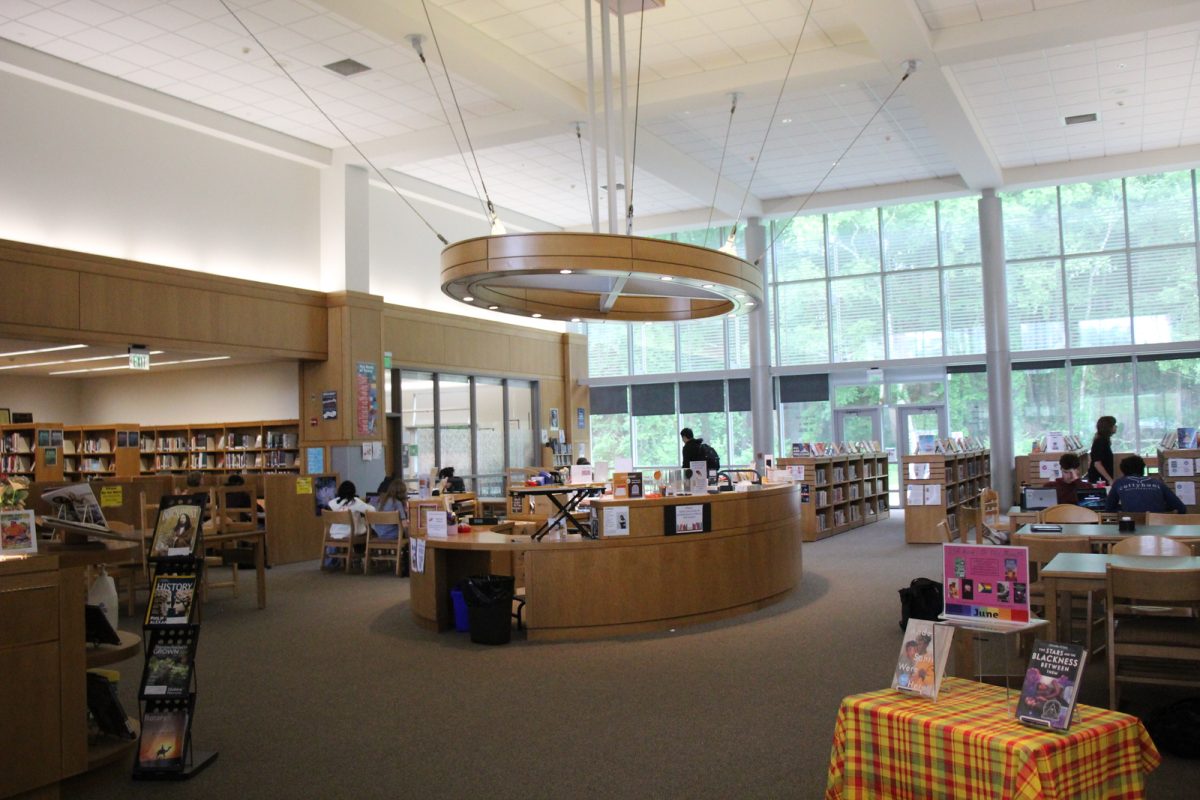









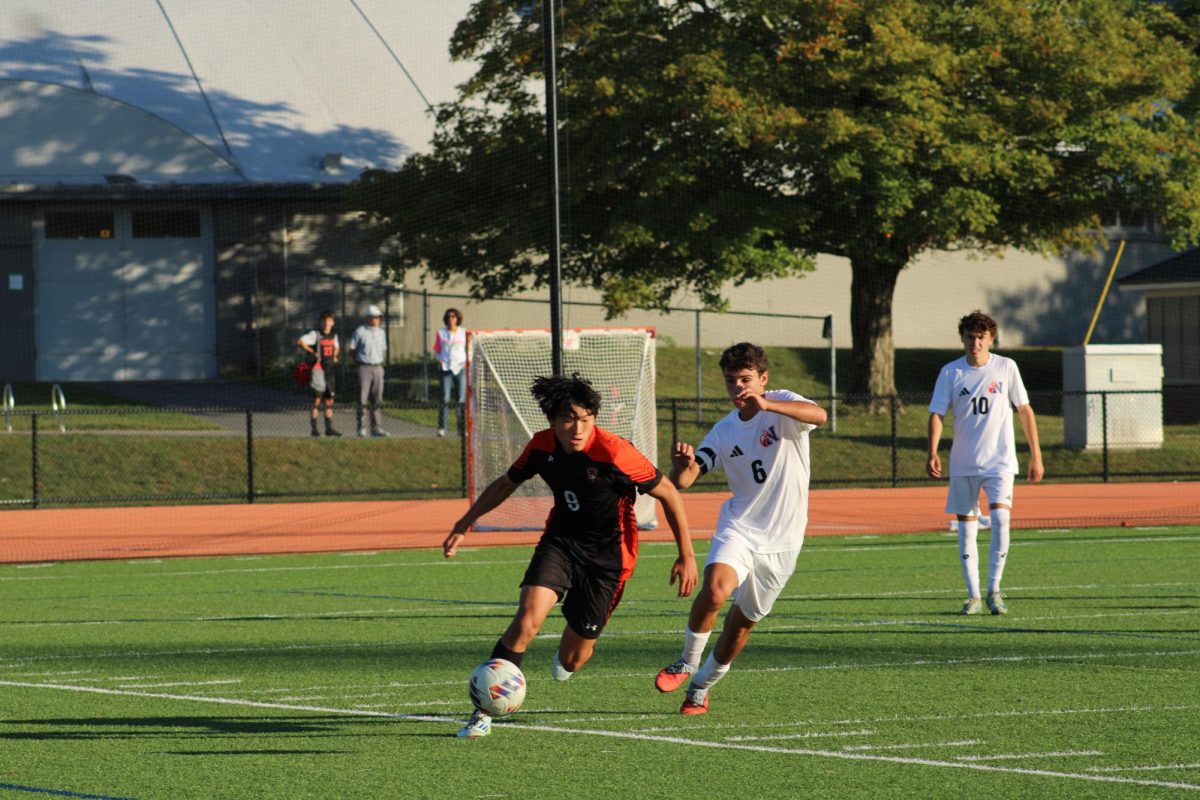


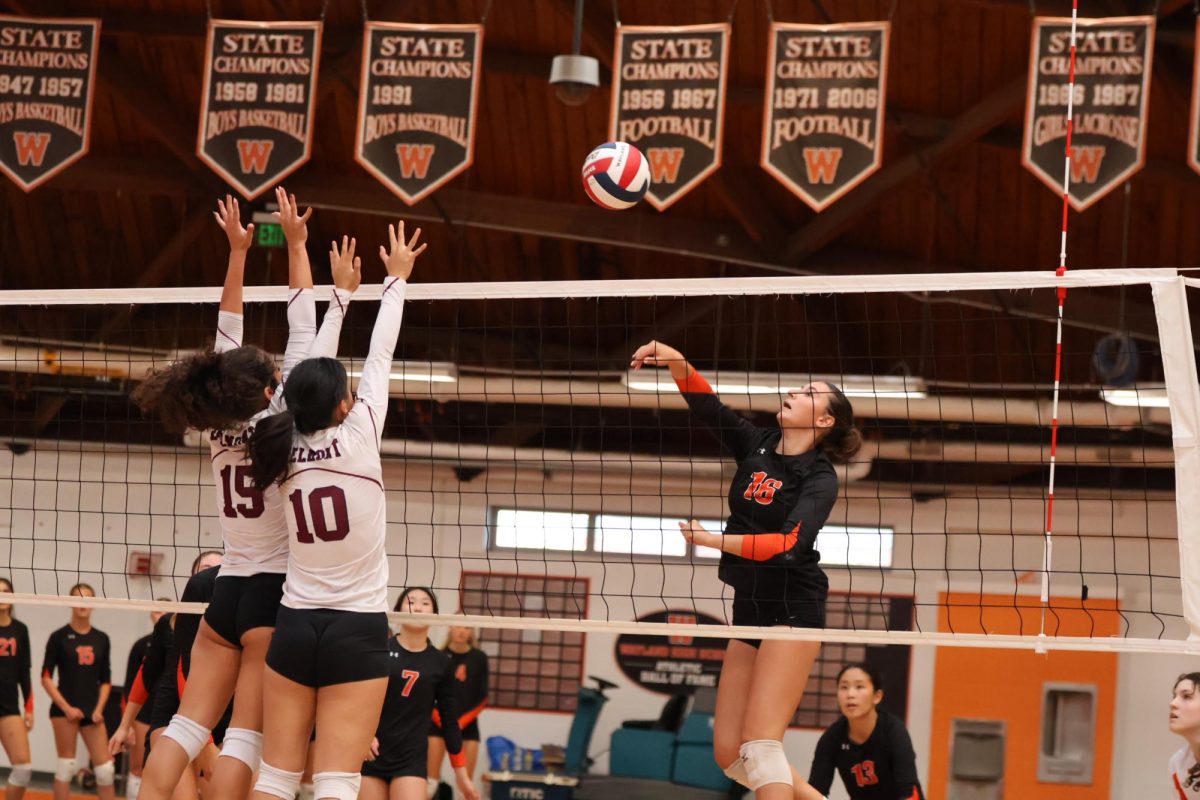

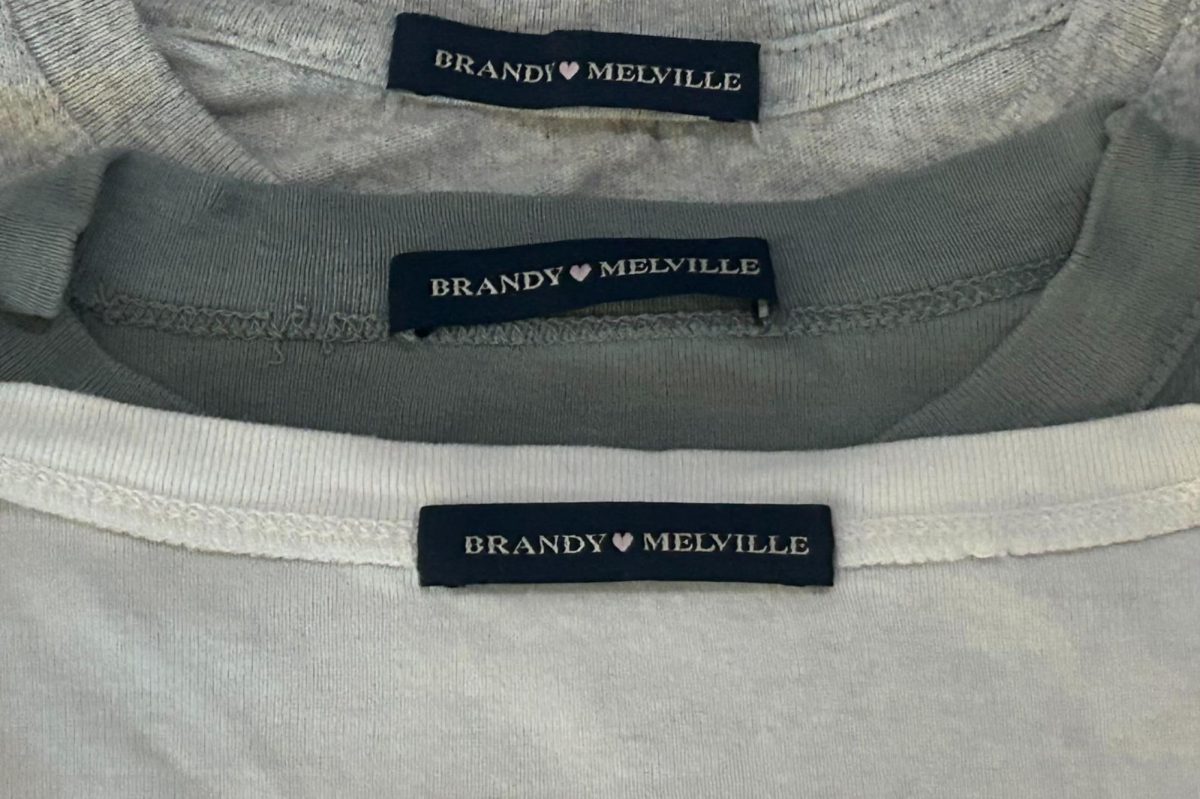




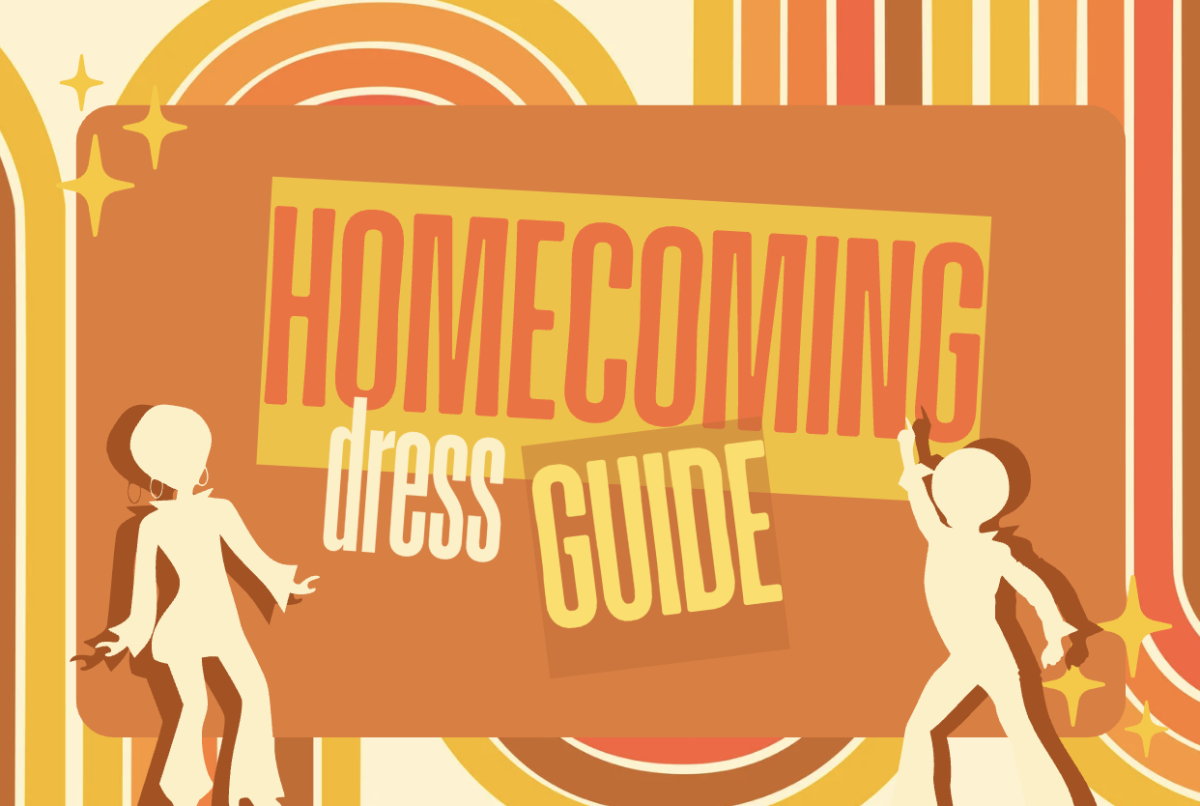



![Gap years are an uncommon alternative for high school graduates, in which graduates take a year or more off from schooling and pursue something separate from college until they are ready to return to their education or something else. Wayland High School psychology teacher David Schmirer believes that college is a good route for many high school graduates, however, he also says that its best to keep an open mind when thinking about gap years. “I think the vast majority of our students are going to be fine with [going to college] and [are] ready to go, but for those students who are having [gap years] be a more visible choice I think [it] is a good thing both for physical and mental health,” Schmirer said.](https://waylandstudentpress.com/wp-content/uploads/2025/02/xZ9lq7i7NbhVXpa2kT21s3Wz8PHl5Df0bATRSq6x-1200x800.png)

